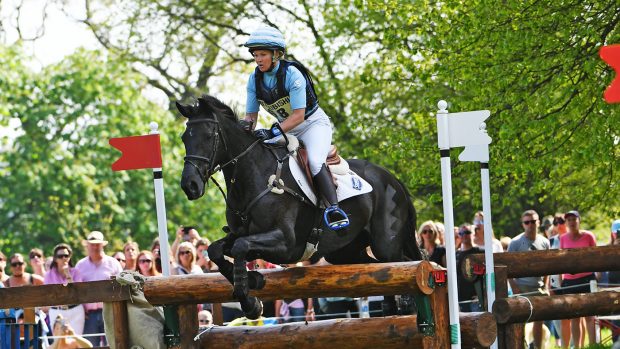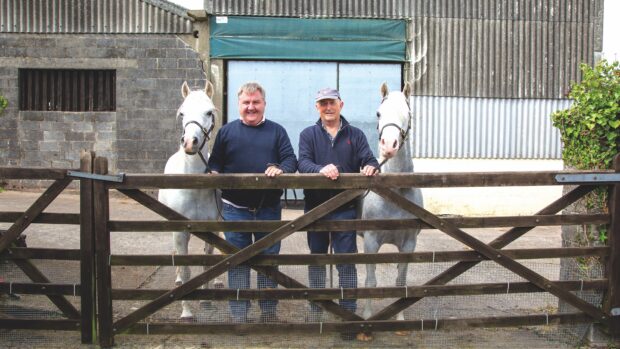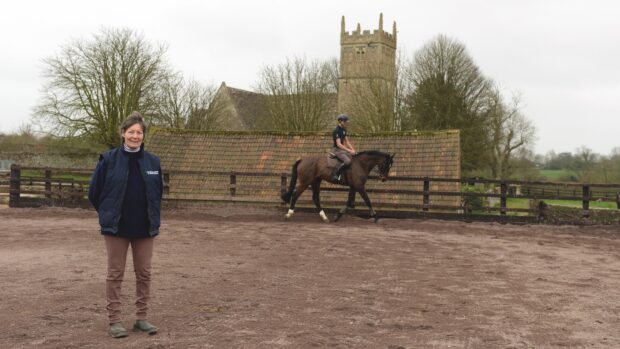The National Stud, the showcase for the British breeding industry, has unveiled plans for a major revamp of the Newmarket-based operation.
A business plan outlining proposals for the next four years has been put forward. Both the Department for Culture, Media and Sport (DCMS) and The Levy Board, which has overall responsibility for the stud, have signed up.
The fundamental aspects of the business plan set out how the stud can be made into a sustainable commercial venture. Although government-owned, the National Stud receives no funding from the state, and it has been operating under some serious financial pressures in recent years.
A spokesman for the DCMS explained their vision for the stud: “The stud must be able to meet its own costs in an ongoing manner, and we feel that the only way this can happen is by broadening its remit.”
A huge amount of emphasis in the future development of the operation is placed on increasing the number of visitors to the stud, concentrating on all aspects of informing and educating the public, and above all, raising the profile of, and enhancing, the educational programs at the stud.
To this end, executives at the National Stud have been looking into the question of achieving charitable status. This would provide access to funding which they currently cannot apply for as a government-owned operation. This would benefit the educational side of the stud in particular, allowing for an improvement in facilities and a higher profile venture.
Both the National Stud and the DCMS are concerned that the operation is an anachronism in its current form. Andrew Parrish, chairman of the National Stud explains: “We have to be clearly relevant to the future of the industry, accessible to the public as well as to breeders, and financially viable.”
The National Stud was founded in 1916 when Colonel Hall Walker offered his bloodstock to the British government on the condition that it purchased his breeding establishment in County Kildare. The government accepted this offer on the understanding that the maintenance of this first-class foundation stock would ensure breeding of high quality light horses for the army.
The increasing mechanisation of the army last century reduced the importance of the stud’s original function, but the government retained it for the purpose of breeding high-class thoroughbreds. The DCMS is adamant that as its exclusive function, this is outdated, not least because the National Stud now stands in the shadow of breeding establishments such as Coolmore and Darley.
A DCMS spokesman told HHO: “The stud is no longer fulfilling its public purpose. Obviously it was founded for very good reasons but the outlook has got to be modernised.”
While accepting the need for progress, the National Stud has defended its position, emphasising its potential to play a central and distinctive role in the future of the thoroughbred industry.
Sarah Carmichael, marketing manager at the National Stud, maintained that in spite of competition, the stud’s position in the industry is exclusive.
Sarah says: “There is tough competition out there and you can’t escape it. Our current financial status puts us on a totally unequal playing field to studs such as Coolmore. Not only do we have very successful stallions, which we intend to improve and increase but we also play a vital role in the industry in terms of education and information.”
A matter concerning the stud, which has yet to be addressed, is the abolition in 2006 of The Levy Board. It is likely that The Levy Board will be replaced by a body within the industry but the lack of certainty leaves a large question mark hanging over the future management of the establishment.



